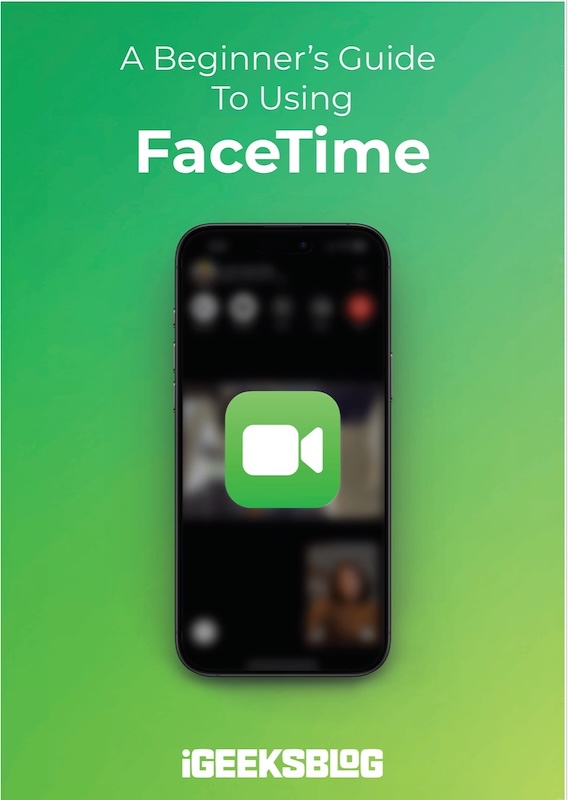
FaceTime Like a Pro
Get our exclusive Ultimate FaceTime Guide 📚 — absolutely FREE when you sign up for our newsletter below.

FaceTime Like a Pro
Get our exclusive Ultimate FaceTime Guide 📚 — absolutely FREE when you sign up for our newsletter below.
Apple’s new “Liquid Glass” design is cross-platform visual refresh introduced in WWDC 2025. Explore how it works and when you can use it.
A decade after its last major design overhaul, Apple has finally refreshed its software experience with a brand-new aesthetic called Liquid Glass, announced at WWDC 2025. This stunning visual language brings more consistency, interactivity, and personalization across Apple devices—from iPhones to Macs to Apple TVs.
If you’re wondering what Liquid Glass is and how it will reshape your Apple experience, here’s everything you need to know—explained in plain, engaging terms.
Liquid Glass is Apple’s new design material introduced across iOS 26, iPadOS 26, macOS Tahoe, watchOS 26, and tvOS 26. Alan Dye, Apple’s VP of Human Interface Design, called it “our broadest software design update ever.”

Imagine it as a virtual material that behaves like real glass—translucent, reflective, and alive with motion. From app icons and widgets to buttons and menus, Liquid Glass brings a fluid, immersive effect that adapts to your content and environment in real time.
Unlike static UI elements, Liquid Glass morphs dynamically—matching the color of the app in use or reflecting the lighting around you. It’s Apple’s way of making your device feel more alive, while preserving the familiar interface users already love.
Liquid Glass builds on the design richness of visionOS, Apple Vision Pro’s OS, powered by Apple Silicon and cutting-edge graphics capabilities.
Here’s how it works:
Whether you’re opening Control Center or swiping through widgets, Liquid Glass makes even simple tasks feel fresh and interactive.
Liquid Glass is not confined to just one platform. It spans Apple’s entire ecosystem:


This unified aesthetic delivers a cohesive, immersive feel—no matter which Apple device you’re using.
Liquid Glass doesn’t just look pretty—it enhances how you use your device.
Don’t like iOS 26’s shiny new look? Here’s how to reduce the Liquid Glass effect on your iPhone for better readability and less visual clutter—without ditching iOS 26.
Apple has made it easy for developers to adopt Liquid Glass using updated APIs for SwiftUI, UIKit, and AppKit.
Whether it’s a music player with a reflective play button or a note-taking app with a floating sidebar, apps will now feel more premium and interactive.
Liquid Glass is more than a design trend—it’s a glimpse into Apple’s future of immersive, intelligent UI:
Apple previewed Liquid Glass at WWDC 2025. It will launch with:
Developer betas are available now, with public betas expected in July 2025. The final release will roll out in September 2025 alongside new hardware, including the iPhone 17.
If you’re tempted to try it early, consider installing the public beta—but only on secondary devices, as beta versions can be buggy.
Related: How to Download the iOS 26 Developer Beta
Liquid Glass marks a bold new chapter in Apple’s design journey. It’s fluid, personalized, and immersive—turning everyday actions like tapping an icon or opening an app into something magical.
What do you think about Liquid Glass? Will it make your iPhone or Mac feel more exciting? Share your thoughts in the comments!
Related articles worth reading: